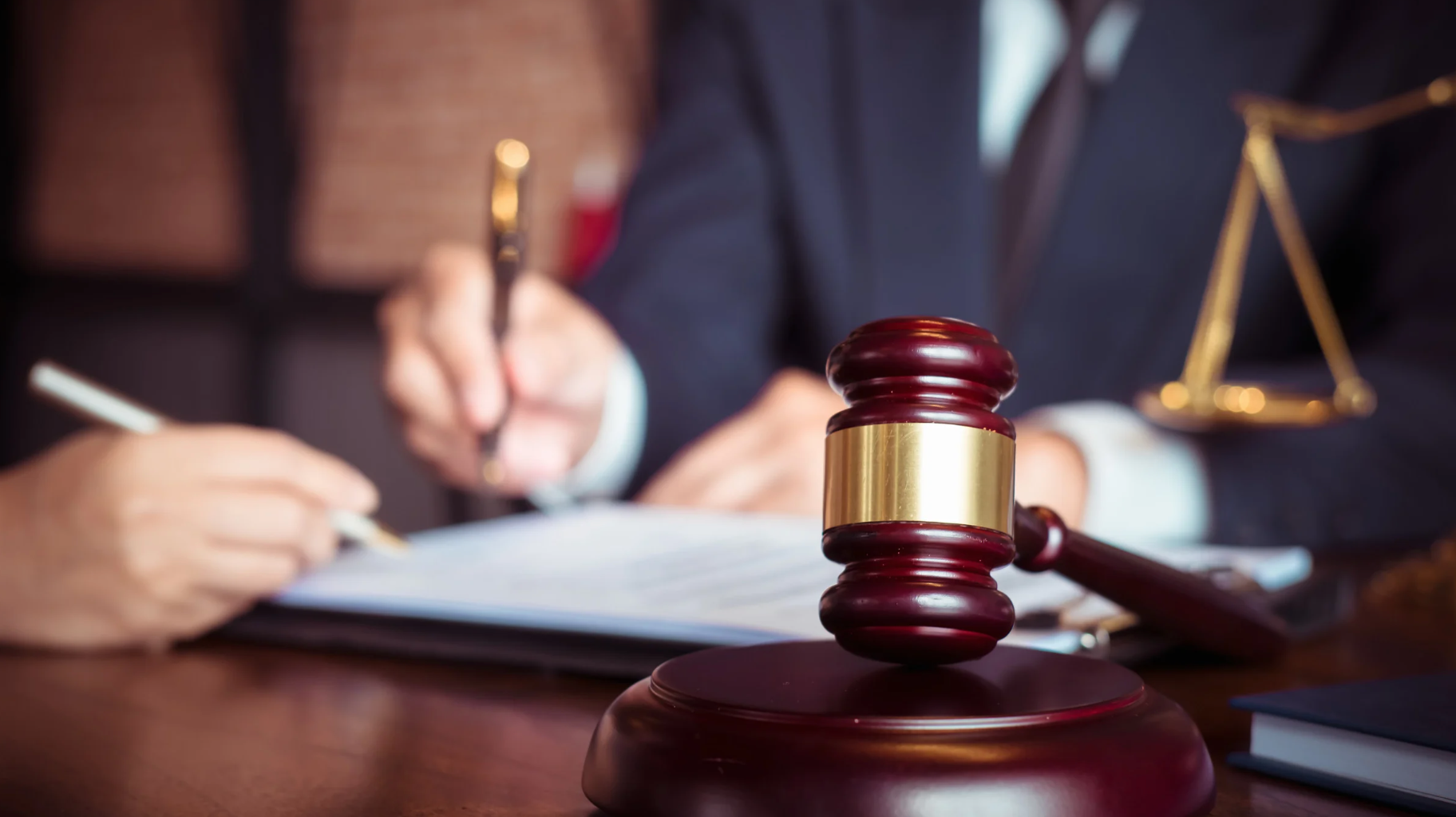
Emily Windsor advises that while barristers may use AI as a supplementary tool, they must make sure to understand the programmes they are working with, and keep professional judgment central. She recommends critically reviewing all AI-generated content, maintaining oversight of document preparation, protecting client confidentiality, and not losing sight of irreplaceable human skills like persuasive advocacy and ethical reasoning.
How do self-employed barristers handle AI adoption differently?
Independent practice creates technological fragmentation for barristers compared to law firms with centralized IT systems. Self-employed structures complicate consistent AI implementation across chambers.
The Bar Standards Board’s Technology and Innovation Report identifies tension between individual autonomy and standardization needs. Its findings explain how barristers need both independence and collective approaches to technology.
Most barristers typically lack access to specialized legal tech designed for their specific needs. Research found many technology companies do not target the Bar market, leaving practitioners dependent on general-purpose solutions.
“When I first joined the Bar, people wrote to each other with letters,” Emily Windsor explains about the profession’s technological evolution. “Barristers who typed opinions on computers for themselves rather than with a secretary were thought to be quite modern.”
How can barristers maintain research quality with AI assistance?
AI-assisted legal research demands a strategic approach preserving professional judgment and responsibility for materials at every stage.
Emily Windsor has found that her legal textbook writing has equipped her with some of the relevant skills: “Writing a book makes you research everything in great detail. You have to make sure you’re up to date with all the changes. You have to research every single recent case and statutory instrument.”
Barristers can apply similar diligence when using AI by:
- Using research tools like Lexis+ AI alongside traditional methods.
- Verifying all AI-generated citations against primary sources.
- Cross-checking AI-identified legal principles against legal text books and law reports.
- Recognizing AI limitations in understanding complex legal nuance.
What document preparation safeguards protect against AI errors?
Document preparation with AI offers time-saving benefits with proper oversight systems.
Emily Windsor notes the importance of personal responsibility in barrister practice: “Most barristers most of the time are dealing with their cases on their own. You can sometimes feel a little isolated because, whereas solicitors work in teams and are always reporting upward and downward, it’s not always like that at the Bar.”
Professional responsibility extends to AI use through these safeguards:
- Reviewing AI content with the scrutiny given to junior colleague work.
- Maintaining complete editorial control over all submissions.
- Creating clear policies for acceptable AI use in client matters.
- Documenting AI contribution to work product.
How can barristers protect client data when using AI systems?
Client confidentiality requires careful consideration when using external AI tools that process sensitive information.
Prudent practices include:
- Selecting AI tools with transparent data handling policies.
- Removing identifying client information before AI processing.
- Confirming data storage locations and retention policies.
- Securing client permission when appropriate.
Which human legal skills remain irreplaceable with AI?
Human legal skills maintain their value regardless of AI advancement, representing irreplaceable elements of practice.
“During my teenage years, I knew that I liked debating and argument. I enjoyed English and history, marshaling arguments, and thinking on my feet. Those skills proved very useful for a career at the Bar,” Emily Windsor explains about enduring professional abilities.
Critical skills for barristers include:
- Legal judgment developed through experience.
- Ethical reasoning and professional responsibility.
- Persuasive advocacy tailored to specific audiences.
- Client and colleague relationship building.
- Critical analysis of complex situations.
What AI training do barristers need most?
Professional development related to AI should become part of continuing education, covering both technical skills and ethical considerations.
Emily Windsor, drawing from her experience both as a barrister and judge, demonstrates commitment to continuous learning throughout her career: “You really have to research everything in great detail. It makes sure that you’re on top of your game.” A similar approach benefits AI understanding.
Effective training programs cover:
- AI system operation fundamentals.
- Ethical guidelines for responsible usage.
- Practical implementation techniques.
- Legal-specific prompt development.
- Understanding system limitations and potential errors.
How do barristers decide which tasks benefit from AI help?
Strategic task delegation represents a crucial aspect of maintaining professional judgment with AI tools. Barristers must determine which activities benefit from AI assistance and which require primarily human attention.
Task evaluation factors include:
- Risk assessment—higher-risk activities need more human oversight.
- Complexity level—nuanced analysis requires significant human judgment.
- Creative requirements—novel arguments benefit less from AI assistance.
- Client preferences—some matters warrant fully human handling.
- Ethical dimensions—certain decisions should remain human-centered.
General Q&A
What specific AI tools do barristers use today?
Barristers can use Microsoft Co-Pilot, ChatGPT, and Vincent AI for document preparation and note-taking. Lexis+ AI appears specifically for legal research. Adoption varies significantly between chambers and practice areas. Barristers are responsible for the security and reliability of all systems used.
How does self-employment affect AI adoption for barristers?
Self-employment creates unique AI adoption challenges for barristers. Unlike solicitors with centralized IT departments, barristers make individual technology decisions. This sometimes creates inconsistent implementation and limits specialized tool access, as technology providers often view individual barristers as less attractive customers than large firms.
What professional rules apply to barristers using AI?
Barristers using AI remain bound by their professional conduct rules, including court duties, confidentiality obligations, and competence requirements. Barristers must take responsibility for all work produced with AI assistance and must ensure it meets standards that will satisfy a judge’s expectations. Many courtrooms now have specific protocols for AI-assisted submissions that practitioners must follow.
